The French Bulldog, often known as a Frenchie, is a non-sporting dog breed that originated in France in the late 1800s due to breeding between small local dogs and toy-sized Bulldogs. In contrast to the Bulldog’s floppy ears and short muzzle, the French Bulldog’s enormous, prominent ears resemble bat ears and give the dog its name.
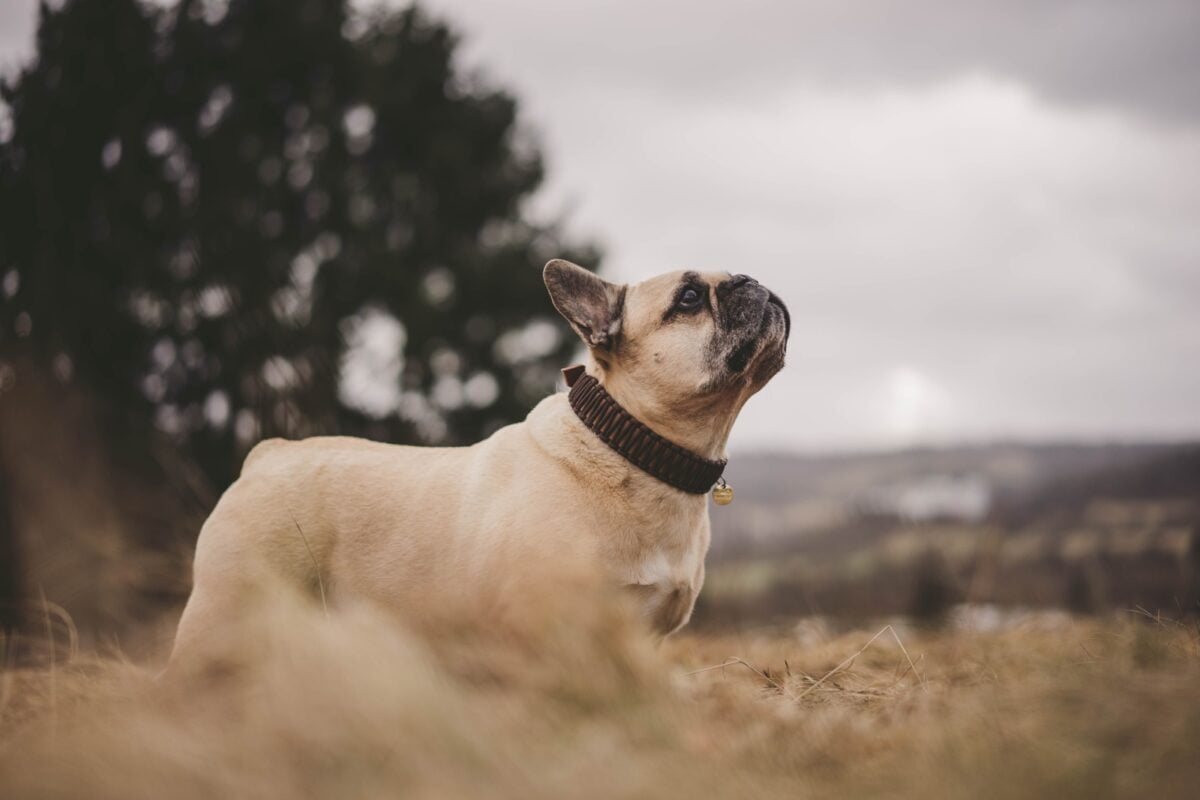
Its head is level between the ears and domes slightly over the eyes, giving it a more alert appearance than the gloomy Bulldog. The usual height for a French Bulldog, a companion and watchdog, is 11 inches (28 cm.) They typically weigh less than 28 pounds (13 kg). Its short, fine coat might be white, brindle, or grayish-brown (fawn.)
Let’s get to know these chique dogs a little better!
Fast Facts about the French Bulldog

- Origin: France
- Life span: 10–12 years
- Breeding group: Non-sporting
- Height: 11 to 13 inches
- Weight: 13 Kg
- Temperament: Fun-loving, devoted, energetic, social
Appearance
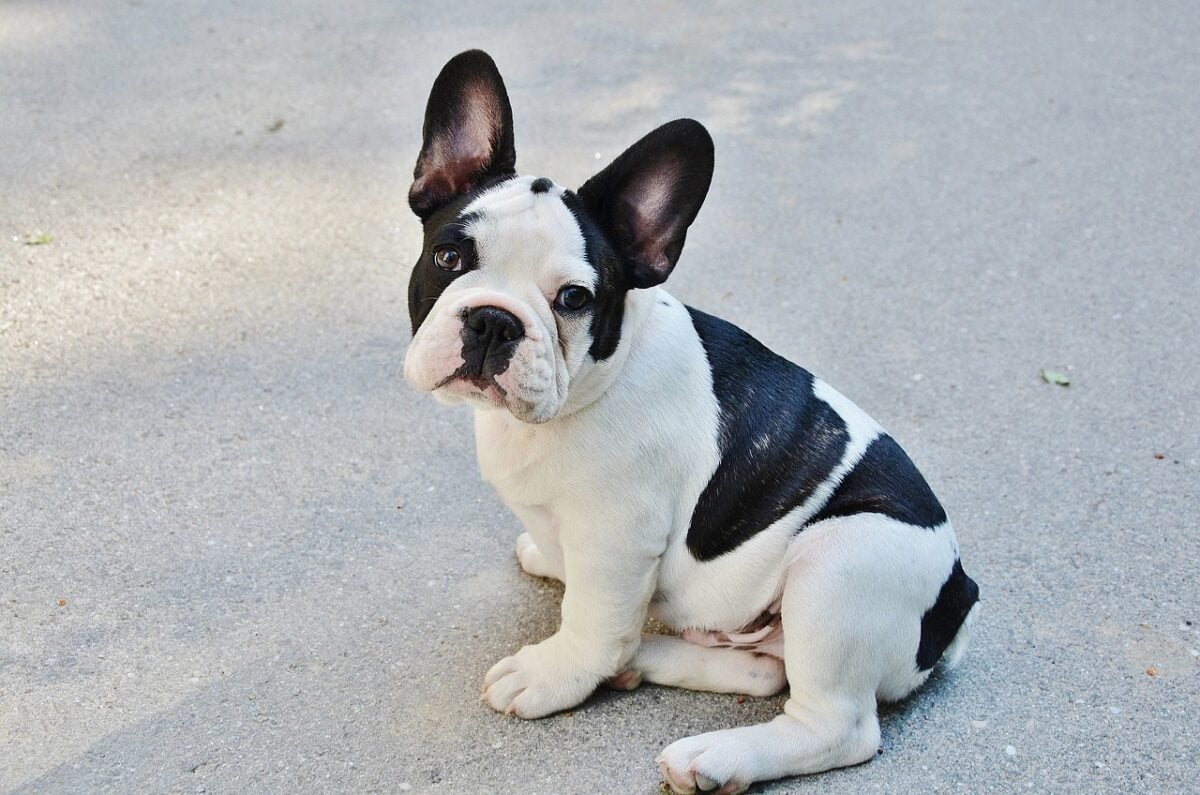
Although they lack the refined good looks of a golden retriever, French bulldogs can’t be denied their endearing personality. Except for the wrinkly skin around their faces and shoulders, their petite, compact bodies are well-proportioned and very strong. Although cream, fawn, and white are the most common, Frenchies can also have brindle patterning or black masks.
Their characteristic “squished up” face and dark brown eyes are instantly recognizable. Their modest shedding and sleek, lustrous coats require only infrequent brushing. French bulldogs are the toy form of the traditional Bulldog, with a maximum adult weight of only about 28 pounds. The American Kennel Club states that “two characteristic features of the French bulldog are its bat ears and half-flat, half-domed cranium.”
Habitat and Distribution
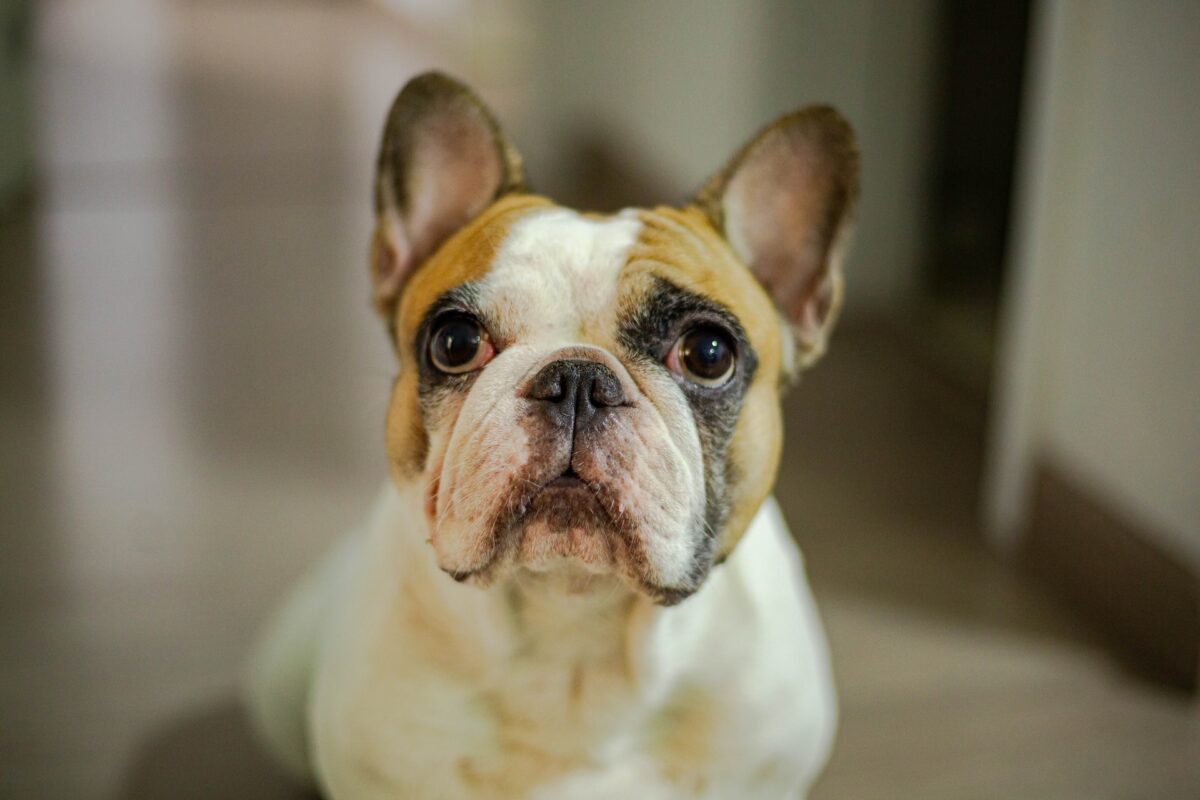
The French Bulldog, a breed that first appeared in France in the nineteenth century, is a great pet for city dwellers and country sophisticates. They would much rather live in a milder environment and a cozy dwelling. Due to their delicate constitutions, French Bulldogs should be kept inside during really hot weather.
French Bulldogs prefer staying at home with their family rather than constantly exploring the world. Because of their friendly nature, French Bulldogs fare best in households with other pets and/or people. Their vigilance makes them useful as guard dogs. The United States, Canada, the United Kingdom, and Australia have the highest concentrations of these animals.
Diet

An average adult dog should eat 1–1.5 cups of high-quality dry food daily, split between two meals.
The amount of food your adult Frenchie requires relies on several factors, including age, size, structure, metabolism, and level of exercise. Like people, dogs are unique in their nutritional requirements. It’s a given that an energetic dog will require more food than a less active dog. What you shake into your dog’s dish will go further and provide more nutrition if you buy high-quality dog food.
French Bulldogs are omnivores that consume wet and dry dog food as their primary sources of nutrition. Due to the fact that they have a very small digestive tract, it is essential to give them nutrients that are of good quality and easy to digest. Animals and plants are part of the French Bulldog’s diet; the former is the primary energy source, while the latter is the primary source of the necessary nutrients and vitamins.
Mating and Life Cycle
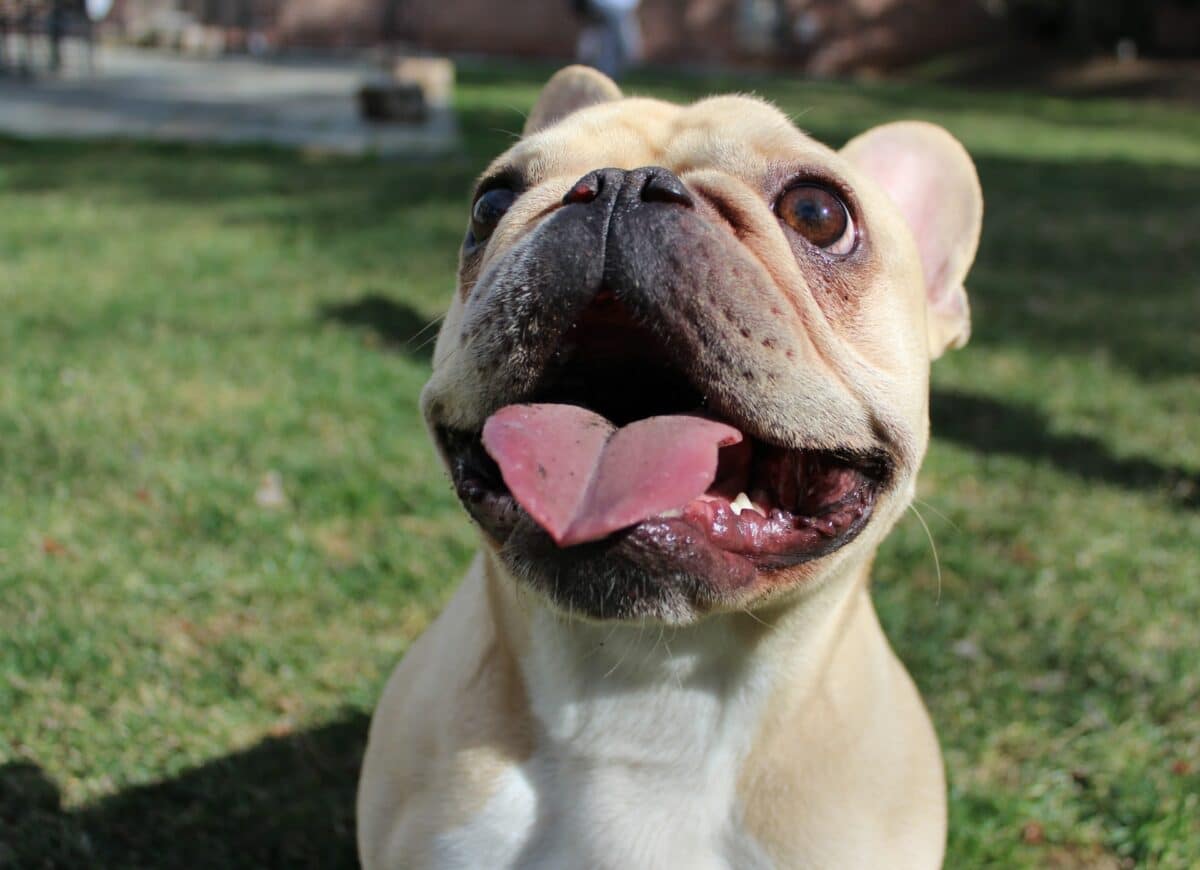
At roughly six months of age, male French bulldogs become reproductive. In addition, they can reach sexual maturity between 12 and 15 months. Your male Frenchie may keep reproducing into old age if he enjoys good health. It takes about six months until your female Frenchie experiences estrus for the first time. However, in certain cases, this estrus might be postponed for up to two years.
However, breeding your dog during her first season is frowned upon and not advisable. Since they aren’t mature enough to handle pregnancy at that age, the dog and the puppies would be at a much greater risk. Registration of a litter from a female younger than eight months or older than 12 years is generally prohibited under the American Kennel Club’s rules.
Natural mating is the most efficient method and is also the one that costs the least money for the production of a litter of puppies for most dog breeds. However, this does not apply to the Frenchie.
The hips of a French bulldog are disproportionately small to the size of its head. Because of this, it is extremely challenging for the male to mate with the female in a natural setting successfully.
When it comes to reproducing French bulldogs, artificial insemination is the method that is proven to be both the safest and most successful.
Endangerment

Despite their widespread popularity, Frenchies are at risk of extinction due to careless breeding and a failure to recognize this breed’s special health care requirements. As a result, we have seen a decline in genetic variation and an increase in illnesses. The breed’s future is uncertain if it is not given the attention and knowledge it needs.
Causes of Endangerment
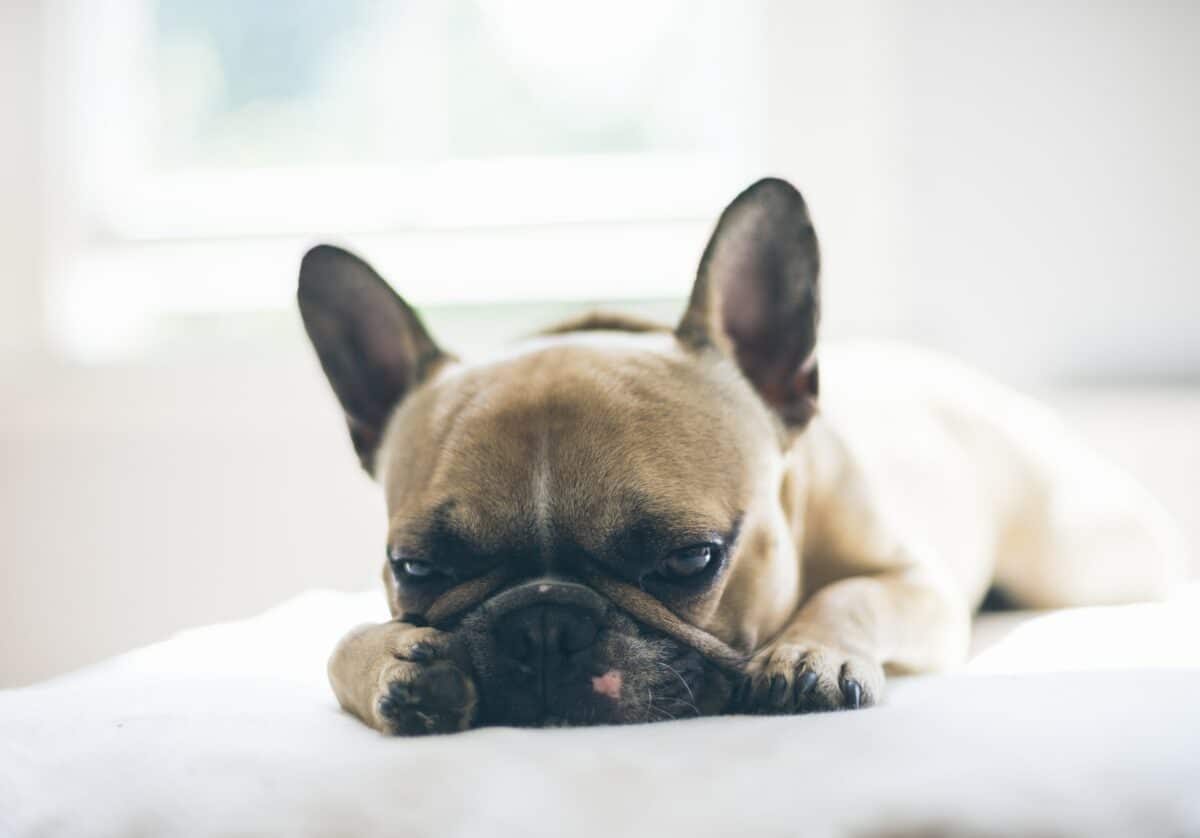
#1 Inbreeding
French Bulldogs have been bred for generations to achieve specific physical characteristics, which has decreased genetic diversity and increased genetic health issues. This has led to a decrease in their population.
#2 Puppy Mills
Puppy mills are extensive breeding operations that prioritize profit over the health and well-being of the dogs, leading to an increase in the number of sick or genetically unhealthy French Bulldogs.
#3 Poor Nutrition
Poor nutrition can lead to various health problems for French Bulldogs, including skin and coat issues, digestive issues, and more. This can also make them more susceptible to disease and further impact their population numbers.
Ways to Help French Bulldog Endangerment
#1 Adoption
Adopting a French Bulldog from a rescue organization or shelter is a great way to help reduce their endangerment. This provides a loving home for a pup in need and frees up space for more French Bulldogs (as well as other doggos in need) to be taken in and given a chance at a better life.
#2 Education
Educating the public about the endangerment of French Bulldogs is a great way to help. By informing the public about the reasons for their endangerment and ways to help, you can help create an environment that is more aware of the situation and more willing to take steps to help.
#3 Donations
Donating money to rescues and shelters that specialize in helping French Bulldogs is an efficient and easy way to help. These organizations often rely on donations to help fund their efforts and provide the necessary care for the pups they rescue.
Fun Facts about the French Bulldog
#1 French Bulldogs are English, not French
The original breeding grounds for the French Bulldog were in England. The French Bulldog quickly became well-liked among France’s upper and middle classes, and many Parisians kept one as a lapdog.
#2 Frenchies are emotional
Frenchies are notoriously overly sensitive because they were trained to be lovable lap dogs. They are emotional, and if you correct them for acting wrong, they may get cranky.
#3 Vocal
Although the Frenchie doesn’t have a loud bark, it nevertheless communicates. These adorable animals are chatty and will always have something to add to family talks, whether screams, growls, gargles, yips, or yawns.
FAQs
French Bulldogs need about 30 minutes of exercise a day. This can include a daily walk, playing in the yard, or a game of fetch. They are not overly active and can be content with shorter walks.
The average life expectancy of a French Bulldog is 10-12 years. They are usually a healthy breed and can live even longer with proper care and nutrition.
French Bulldogs are generally good with children and get along well with other pets. They have a lot of energy, so they must be supervised when playing with children.
French Bulldogs do not shed a lot and are considered to be hypoallergenic. They need to be brushed about once a week and will only require the occasional bath.
French Bulldogs need about 1/2 cup of high-quality dry food per day. They should also be given occasional treats. They can be prone to obesity, so it’s important to monitor their weight and diet.
Conclusion
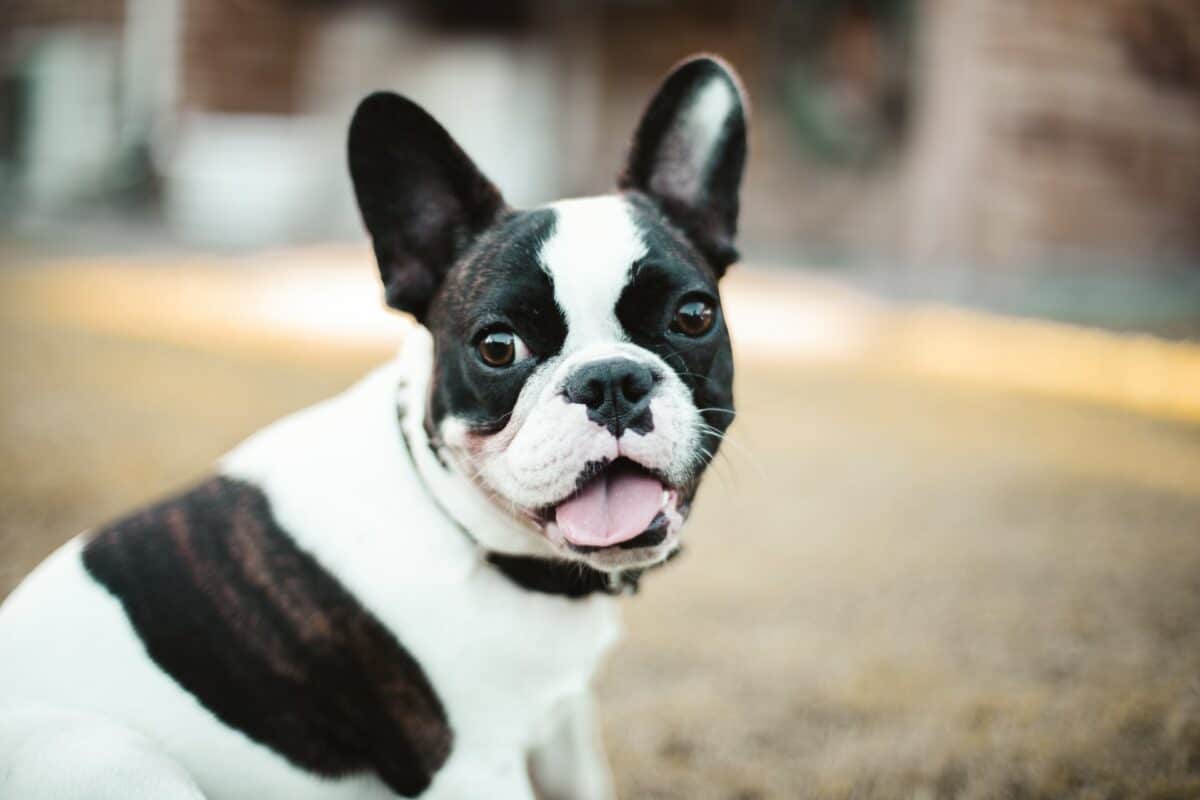
The French Bulldog is a great choice if you’re living in the city and/or in a smaller apartment. They don’t need excessive exercise other than their daily walks. In fact, they were specifically bred to be lapdogs. Moreover, they’re also an ideal option if you or anyone in your family suffers from dog allergies. They shed a very low amount and are deemed to be hypoallergenic. After all, who can resist their squished-up faces and big bat ears? Just make sure that you get your Frenchie from a reputable breeder as inbreeding of French Bulldogs is fairly common, and would result in several health issues – causing your companion pain and running the risk of generating expensive vet bills.
Thank you for reading this article! Adopting a dog into your home is a huge decision so it’s best to do as much research as possible. Continue exploring different dog breeds by heading over to read about the German Shorthaired Pointer or the Labrador Retriever.
- Baby Lion Cubs Carried Across River by Mother Lion - April 16, 2024
- Death by Tiger at Drive-Through Zoo - April 16, 2024
- Elephant Crosses River Filled with Hippos - April 16, 2024

